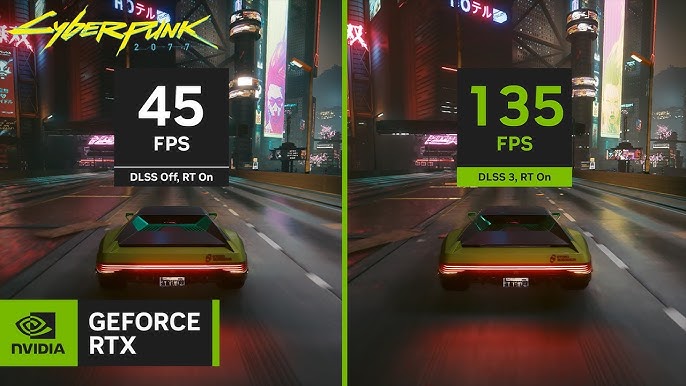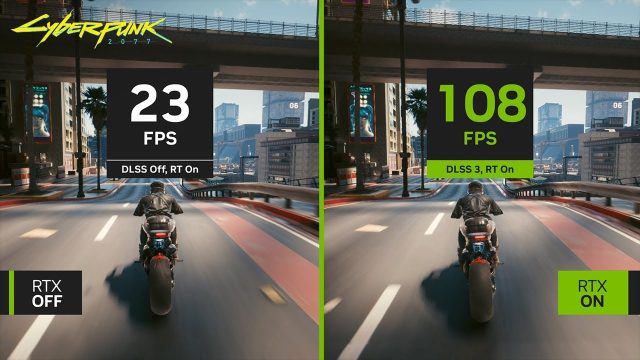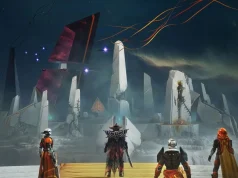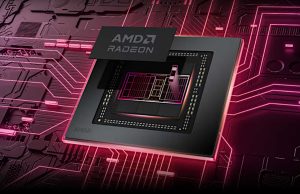Nvidia’s Frame Generation Technology and DLSS Upscaling: Revolutionizing Gaming or Destroying Authenticity?
Nvidia’s frame generation technology and DLSS upscaling have ignited passionate discussions within the gaming community. These advanced techniques, part of Nvidia’s RTX series, utilize artificial intelligence (AI) to create additional frames and upscale lower-resolution images, boosting frame rates and enhancing gameplay smoothness. While they are marvels of modern technology, many gamers are divided on their impact.

The Promise of AI-Driven Smoother Gaming
Frame generation’s primary benefit is straightforward: better performance. By inserting AI-generated frames between traditionally rendered ones, games achieve higher frames per second (FPS) which translates to smoother gameplay and more visually appealing experiences. DLSS (Deep Learning Super Sampling) leverages AI to upscale lower-resolution images to higher resolutions, thereby providing better visual quality without the performance hit associated with rendering at native resolutions. For competitive gaming, where every millisecond counts, these technologies can be game-changers.
Old-School Gamers’ Concerns
However, traditionalists are skeptical and for good reason. Many gamers feel a deep connection to the organic performance and authenticity provided by raw GPU power alone. They argue that AI-generated frames and upscaled images, while improving performance, may introduce visual artifacts, latency issues, or an uncanny ‘not quite right’ feeling during gameplay. These glitches, although gradually reducing as Nvidia continues to refine the tech, still present legitimate concerns.
Quality vs. Quantity
Quality perception and experience in games can often be subjective. While one player may bask in the buttery-smooth transitions and sharp visuals, another might find the same enhancements jarring due to inconsistencies like motion blur, artifacting, or upscaling issues. It’s this aspect that polarizes opinions—does the improved frame rate and visual quality justify potential compromises in visual integrity?
Impact on Game Development
Interestingly, these technologies might shape how games are developed. Developers could potentially optimize less for raw performance and more for AI compatibility, aligning with technologies like Nvidia’s frame generation and DLSS upscaling. This shift could lead to more immersive and complex worlds, given the relaxation on performance constraints.
However, this also means some developers might forgo the traditional optimization processes that ensure games run efficiently on a wide variety of hardware. Instead, they might rely heavily on the AI-driven enhancements to achieve desirable performance. This reliance could lead to a decline in the baseline performance quality and optimization standards of games, as developers might prioritize these AI tools over meticulous coding and optimization practices that were previously necessary.
Looking Forward
Nvidia’s frame generation technology and DLSS upscaling encapsulate the broader dialogue about technology’s role in evolving yet preserving traditions. Whether they are viewed as milestones or missteps may ultimately come down to individual preference and tolerance for trade-offs. Nonetheless, as these technologies mature, their influence on gaming and graphics processing is indisputable.
Simply put, will gamers embrace a future where AI defines their experiences, or will they hold onto the tried-and-true methods of the past? Either way, this debate ensures an exciting evolution in the gaming world.












